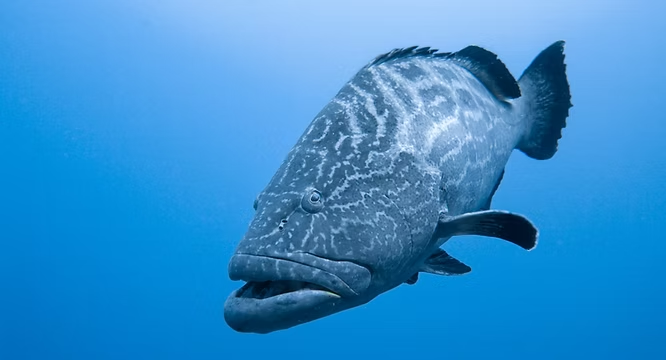When Oil Spills Happen: Protecting the Most Vulnerable Marine Life
When an oil spill occurs, thousands of marine species—from invertebrates to fishes, seabirds, and mammals—are affected, alongside impacts on human communities. Scientists and governments must act quickly, making difficult choices about where to focus resources. It is, in many ways, an ecological form of emergency-room triage.
Developing a New Framework
Marine biologist and environmental chemist Beth Polidoro, an Associate Professor at Arizona State University, studies how pollution affects marine species, ecosystems, and human health. Together with other researchers, Polidoro has helped create a new framework to better understand how different marine species respond to toxic petrochemicals in the Gulf of Mexico. This tool aims to guide decision-making when spills occur.
In June 2019, experts convened in Cuba to determine which life history traits—such as habitat, diet, lifespan, and migratory behavior—could indicate a species’ resilience or vulnerability to oil exposure. These traits were scored, creating a vulnerability scale applicable across diverse species. “It provides a way to prioritize, if there was an oil spill, which species might be more vulnerable based on what we know about their traits,” Polidoro explained.
Why This Approach Matters
Traditional toxicology studies are limited. Only a few hundred species can be raised in laboratories, and experiments typically examine one chemical at a time under controlled conditions. Real ecosystems, however, expose species to many stressors simultaneously. Out of the roughly 15,000 marine species in the Gulf of Mexico, fewer than 300 had prior toxicology data available. The new framework expands the scope dramatically, allowing scientists to assess thousands of species without the need for direct lab testing.
Building a Vulnerability Index
Graduate researcher Megan Woodyard applied the framework to create a fish vulnerability index, with support from Arizona State University and the Gulf of Mexico Research Initiative. Her thesis produced data for about 1,700 species of fishes, sharks, and rays.
Woodyard’s findings revealed that habitat plays a key role. Species spending more time at the ocean’s surface are more at risk because sunlight interacts with petrochemical toxins, making them even more harmful. This insight helps identify which species and areas require the most urgent protection during clean-up operations.
From Research to Conservation
The vulnerability index is intended to guide management and conservation efforts, ensuring that emergency responses consider the most at-risk species first. “We’re trying to create a tool that can help decision-makers that aren’t as familiar with the species themselves and all the ecological aspects of petrochemical spills,” Woodyard explained.
While eliminating offshore drilling would remove the risk entirely, Woodyard acknowledges that such a step is unlikely. Instead, she emphasizes preparedness: “We can’t just say ‘Stop drilling, that will help all species.’ We need to develop methodologies to create a response for when it happens.”
Looking Forward
More than a decade after the Deepwater Horizon disaster, researchers have advanced significantly in oil spill science and management. As drilling continues worldwide, tools like the vulnerability index may prove invaluable in protecting marine ecosystems when accidents occur. By identifying which species need help first, scientists and policymakers can act swiftly to minimize damage in future spills.

